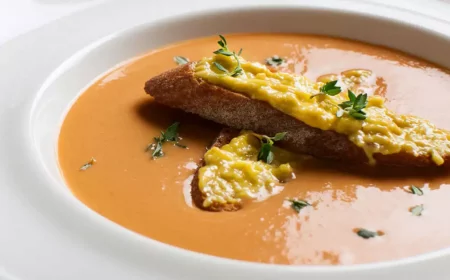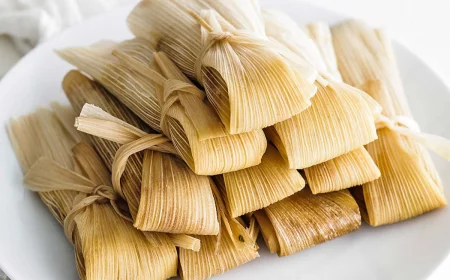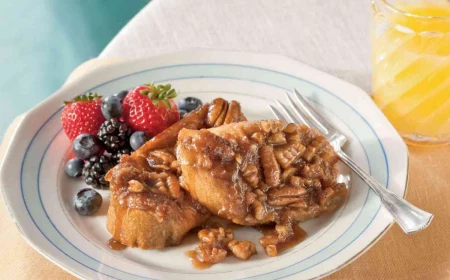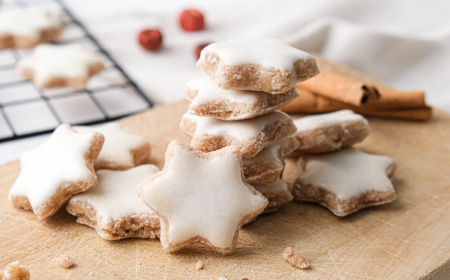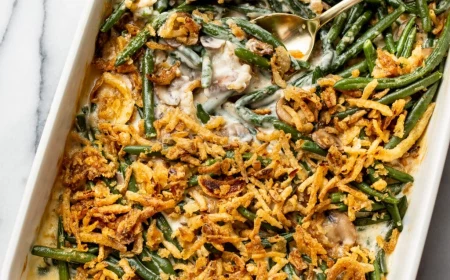Your Ultimate Guide to Unbelievably Crispy Air Fryer Potatoes
I’ve spent a lot of years working with food, and I’ve seen countless kitchen gadgets come and go. Honestly, most of them end up collecting dust. But the air fryer? That one’s different. It genuinely changed the game for anyone trying to get that perfect crispy texture at home without a vat of boiling oil.
In this article
- What’s Actually Happening in There? (The Not-So-Secret Science)
- Choosing Your Spud: The Most Important Decision You’ll Make
- Pro-Level Prep for the Best Results
- Let’s Cook: From Classic Fries to a Perfect “Baked” Potato
- Troubleshooting and Pro Tips
- A Quick Word on Safety and a Great Dip
- Inspirational Gallery
When these things first hit the scene, I was a total skeptic. How could hot air ever compete with a real deep fryer? It took some trial and error, but I eventually figured it out. It’s not magic; it’s a small, incredibly efficient convection oven that just needs its own rulebook. Today, I want to share that rulebook with you. This isn’t just a list of recipes—it’s about understanding the ‘why’ behind each step so you can make amazing potatoes every single time.
What’s Actually Happening in There? (The Not-So-Secret Science)
Before we even think about slicing a potato, let’s quickly break down what your air fryer is doing. It’s simple physics, really. A heating element gets scorching hot, and a powerful fan whips that hot air all around your food. That intense, circulating heat is the key.
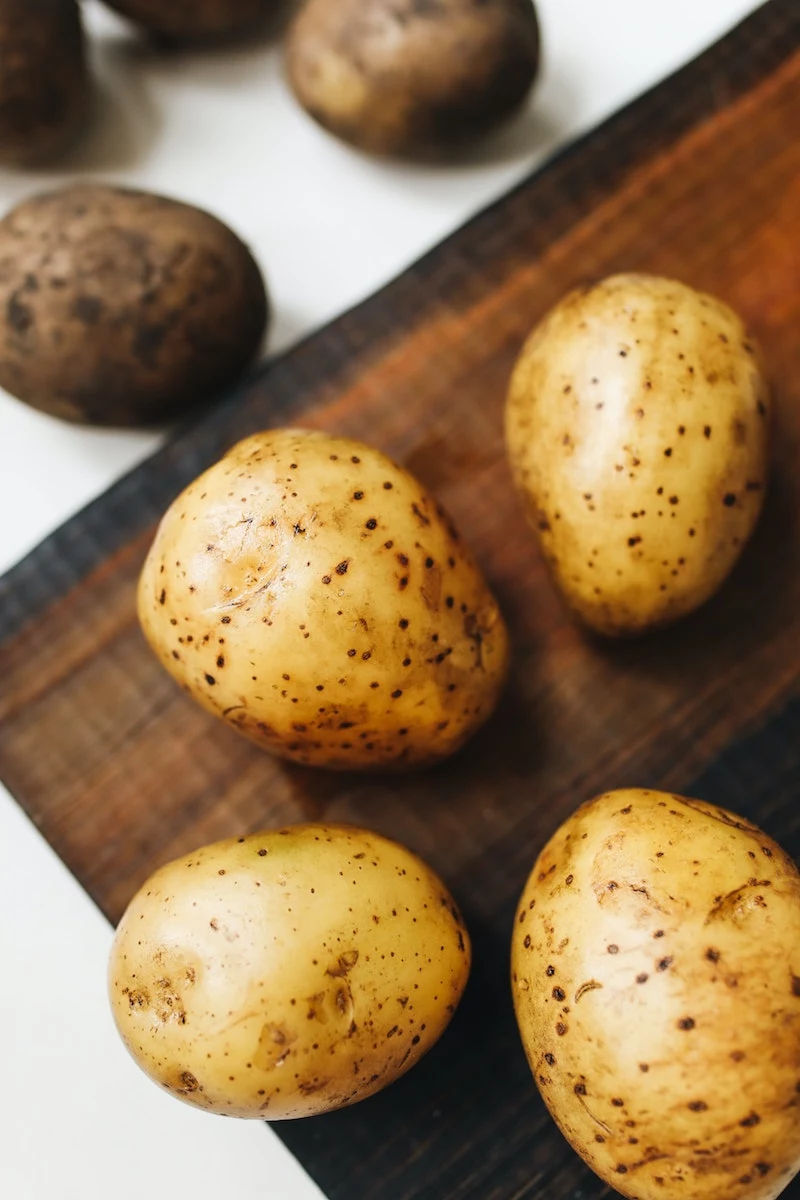
When you cook potatoes, you’re aiming for two things to happen perfectly:
1. A Soft, Fluffy Inside: This is all about starch. Potatoes are packed with hard starch granules. When you heat them up, they absorb the potato’s own moisture, swell up, and get soft and fluffy. This is called starch gelatinization. If this doesn’t happen right, you get that disappointing hard, waxy texture in the middle.
2. A Brown, Crispy Outside: This glorious transformation is called the Maillard reaction. It’s a chemical reaction between amino acids and sugars under heat that creates hundreds of new flavor and aroma compounds. It’s what gives you that savory, roasted, irresistible taste. And guess what? It works best in a dry, hot environment—exactly what an air fryer provides.
Understanding this makes everything else click into place. That light coating of oil? It helps transfer heat to the potato’s surface, kickstarting the Maillard reaction. Not overcrowding the basket? That ensures hot, dry air can hit every surface. If you pack it too full, you just end up steaming your potatoes in their own moisture. Blech.
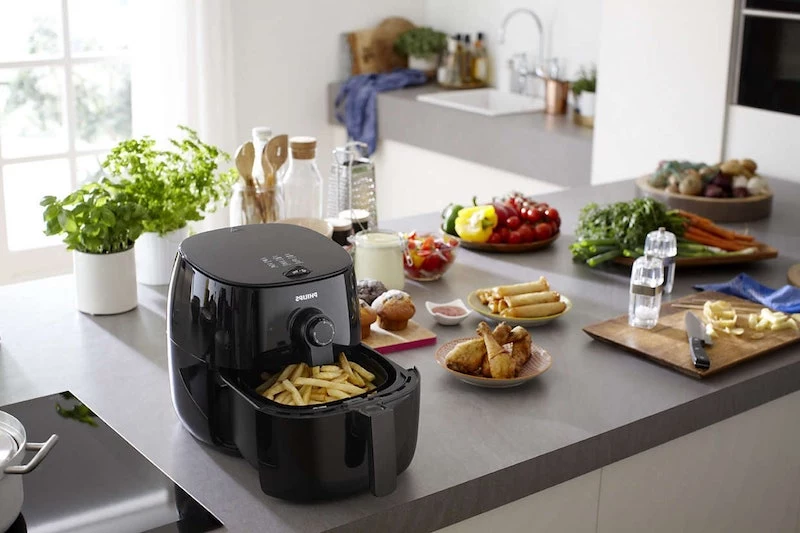
Choosing Your Spud: The Most Important Decision You’ll Make
Okay, this is a big one. Using the right potato is probably 80% of the battle. We generally group potatoes by their starch content, and it makes a massive difference.
Heads up on the budget: Making your own fries is a huge money-saver. You can grab a 5-pound bag of Russet potatoes for $3 to $5, which will give you tons of batches. A single bag of brand-name frozen fries often costs that much or more. It’s a no-brainer.
- High-Starch Potatoes (The Fluffy Ones): Think Russet or Idaho potatoes. They’re low in moisture and high in starch, which makes them fall apart into a light, fluffy texture when cooked. This is your go-to for classic French fries. The insides get pillowy soft, and the dry exterior gets incredibly crisp.
- Low-Starch Potatoes (The Waxy Ones): These are your Red Bliss, New Potatoes, and Fingerlings. They’re moist and hold their shape beautifully. These are perfect for making roasted potato chunks or smashed potatoes where you want a creamy interior and a firm bite. They won’t give you that classic fry texture, though.
- All-Purpose Potatoes (The Dependable Middle Child): Yukon Golds are the star here. They sit right in the middle, with a medium starch content. They make pretty good fries (though not as fluffy as Russets) and hold their shape better for wedges. If you only have room for one kind of potato in your pantry, Yukon Gold is a super reliable choice.
Oh yeah, and the eternal question: to peel or not to peel? Honestly, it’s up to you. For a classic, restaurant-style fry with Russets, I peel them. But for wedges or chunks, especially with Yukon Golds or red potatoes, I just give them a good scrub and leave the skin on. It gets nice and crispy and adds great flavor.
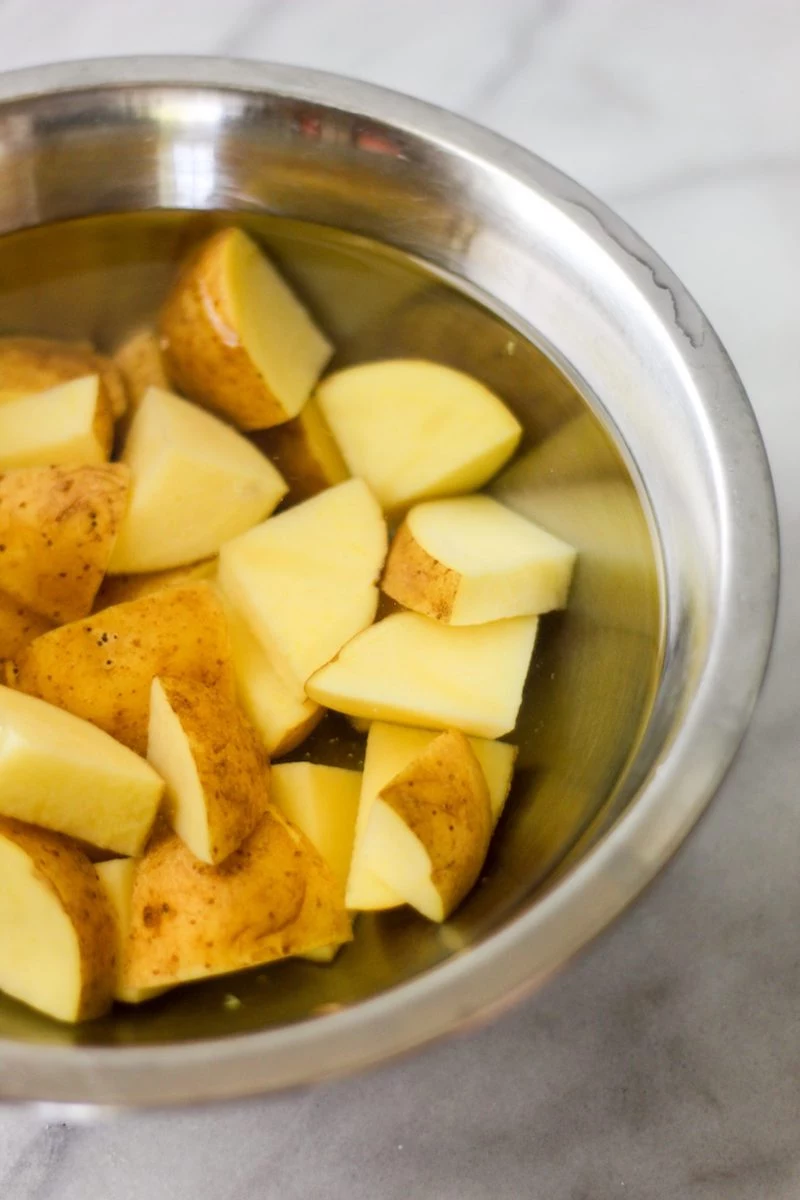
Pro-Level Prep for the Best Results
What you do before the potatoes hit the heat is just as important as the cooking itself. These are the steps the pros never skip.
The Cut: Consistency Is King
You have to cut your potatoes to a uniform size. If you have a mix of thick and thin pieces, the thin ones will turn to charcoal before the thick ones are even cooked. For fries, aim for sticks about 1/4 to 1/2-inch thick. A mandoline slicer is amazing for this, but be incredibly careful. I’ve had good luck with the OXO Good Grips model, which is usually around $30 online or at stores like Target. It’s sharp and has a decent hand guard—ALWAYS use the guard. I’ve seen some nasty kitchen accidents from people getting careless.
Soaking: The Secret to Crispier Fries?
So, should you soak them? For truly top-tier fries, yes. Soaking the cut potatoes in cold water for at least 30 minutes pulls excess starch from the surface. This surface starch can make fries gummy and cause them to stick together. Rinsing it off leads to a much crispier finish.
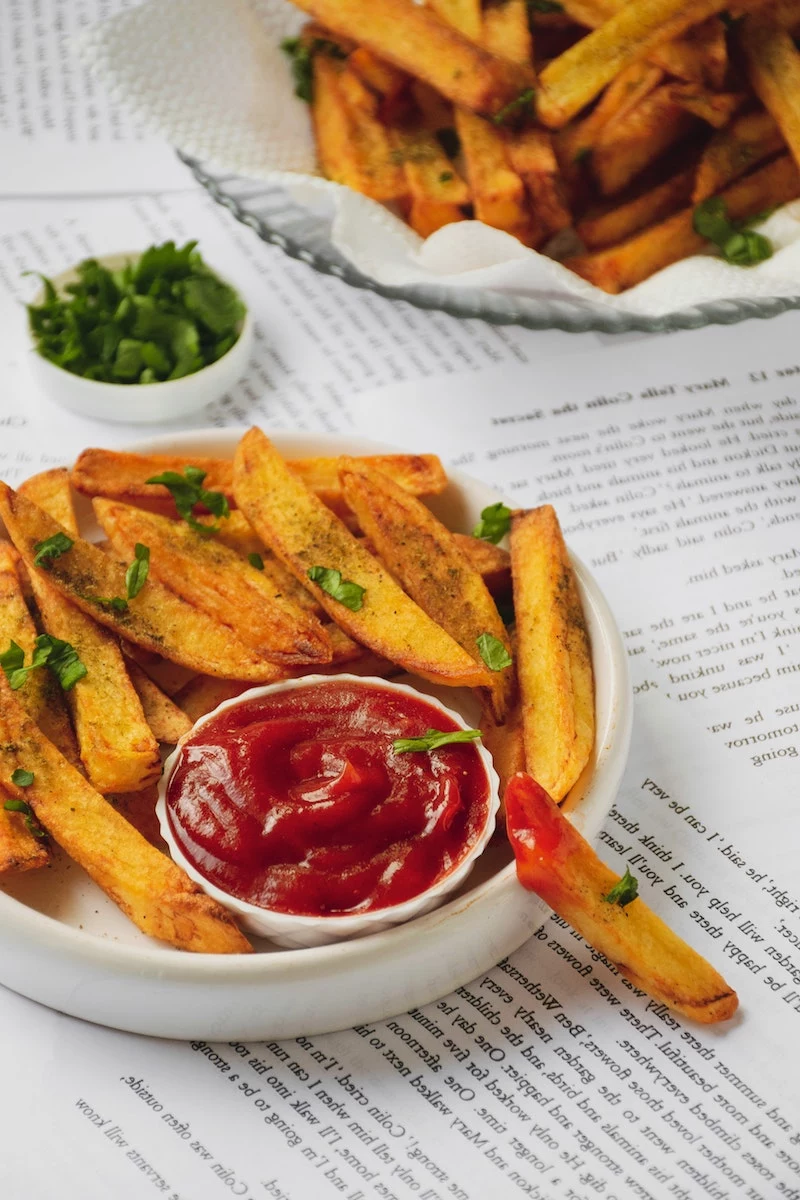
But let’s be real. If you’re in a rush on a Tuesday night? You can totally skip the soak. They won’t be quite as perfect, but they’ll still be crispy, delicious, and way better than anything from the freezer aisle.
Drying: The One Step You CANNOT Skip
This is non-negotiable. Water is the arch-nemesis of crispiness. Any moisture left on your potatoes will create steam, and you can’t get a crispy crust in a steam bath. Pat them thoroughly dry with kitchen towels or paper towels. For a big batch, I’ll even give them a spin in a salad spinner before patting them dry. The drier the potato, the crispier the result. Trust me.
Let’s Cook: From Classic Fries to a Perfect “Baked” Potato
Alright, let’s put these principles into action. By the way, I’m using a common 5.8-quart basket-style air fryer. If yours is smaller or an oven-style model, you might need to adjust your batch size, but the core techniques are universal.
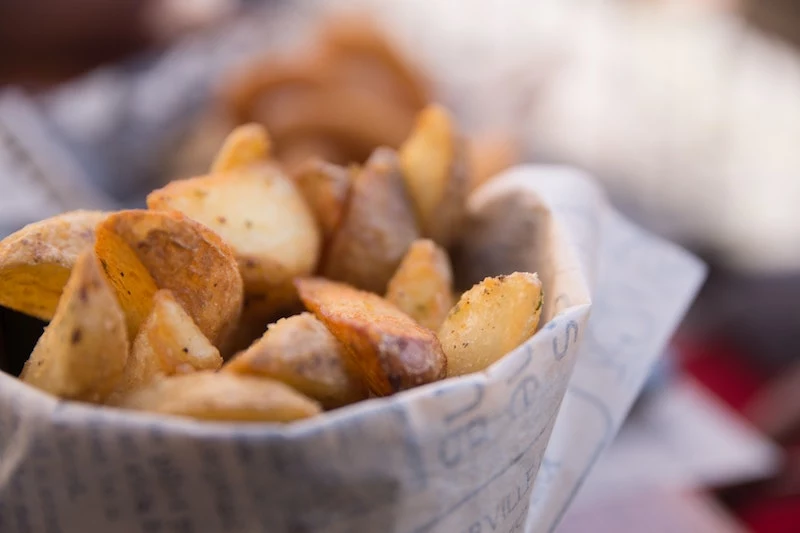
Technique 1: Classic French Fries
Total Time: Approx. 45-50 minutes (including soak) or 20 minutes (no soak)
- Potato Choice: Russet, hands down.
- Prep: Cut into 1/4-inch sticks. Soak if you have time, then dry them completely.
- Ingredients: 2 large Russet potatoes, 1 Tbsp high-smoke-point oil (like avocado or canola), 1/2 tsp salt, and other seasonings like garlic powder or paprika to taste.
- Method: Toss the dry potatoes with oil in a bowl first—don’t just drizzle it in the basket. Use your hands to get a thin, even coat. Then add seasonings and toss again. Preheat your air fryer to 380°F (193°C). Cook in a single, uncrowded layer for 12-15 minutes, shaking the basket every 5 minutes. They’re done when they’re golden brown and make a dry, rustling sound when you shake them.
Good to know: You can absolutely use frozen fries! Just cook them at 400°F (200°C) for about 12-18 minutes, shaking a couple of times. They come out great.
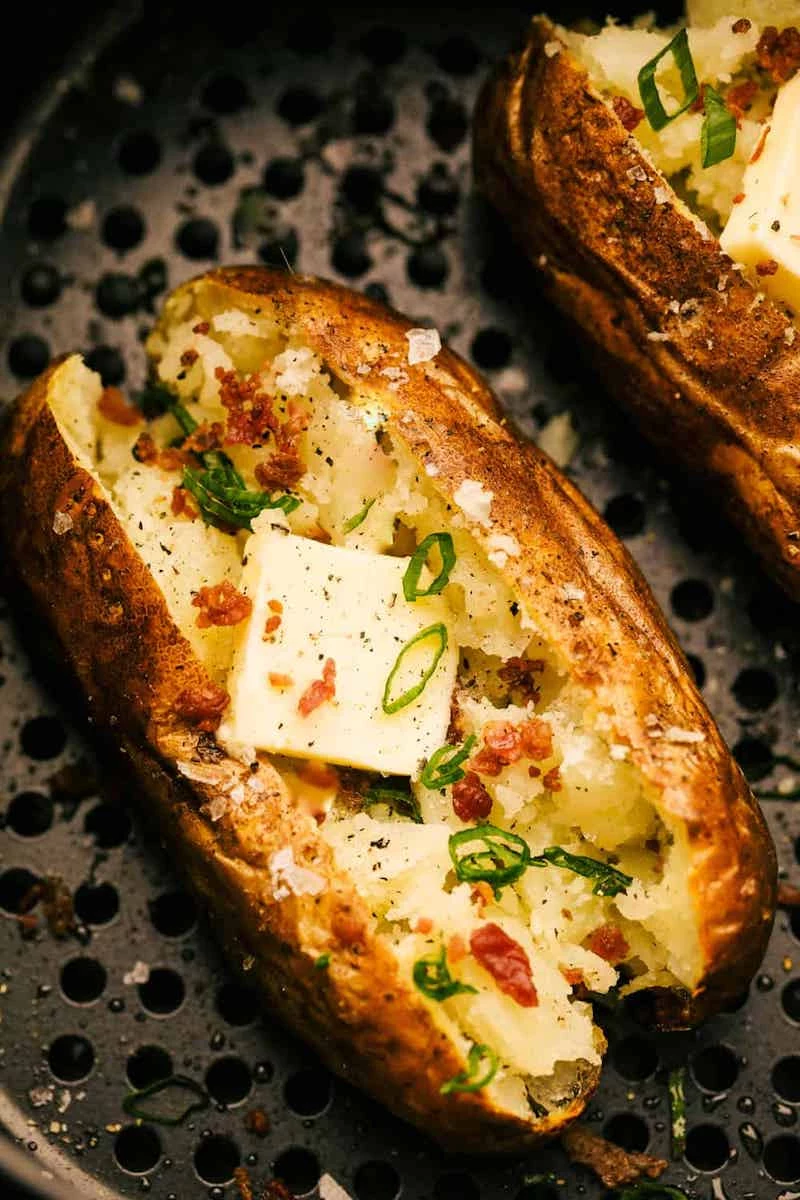
Technique 2: Hearty Potato Wedges
Total Time: Approx. 25-30 minutes
- Potato Choice: Russet or Yukon Gold.
- Prep: Cut into wedges. No need to peel. Dry them well.
- Lesser-known trick: For an insanely crunchy crust, toss the wedges with 1 teaspoon of cornstarch after the oil but before the spices. It creates a super thin, crispy shell.
- Ingredients: 2 medium potatoes, 1 Tbsp olive oil, 1/2 tsp each of smoked paprika, garlic powder, and salt.
- Method: Preheat to 400°F (200°C). Toss wedges with oil, cornstarch (if using), and seasonings. Arrange in a single layer and cook for about 20-22 minutes, flipping them with tongs halfway through. They’re ready when they’re deep brown and a fork slides in easily.
Technique 3: The Quick “Baked” Potato
Total Time: Approx. 40-50 minutes
- Potato Choice: A good-sized Russet.
- Prep: Scrub the potato, pat it completely dry, and then pierce it 5-6 times with a fork. This lets steam escape so it doesn’t explode (yes, it can happen!).
- Ingredients: 1 large Russet potato, 1 tsp olive oil or even bacon grease, and a generous pinch of coarse sea salt.
- Method: Preheat to 400°F (200°C). Rub the dry, pierced potato all over with oil and then sprinkle with salt. Pop it in the basket and cook. A potato the size of your fist will take about 40 minutes, but a giant Idaho spud might need closer to an hour. It’s done when the skin is crispy and a knife slides into the center with zero resistance.
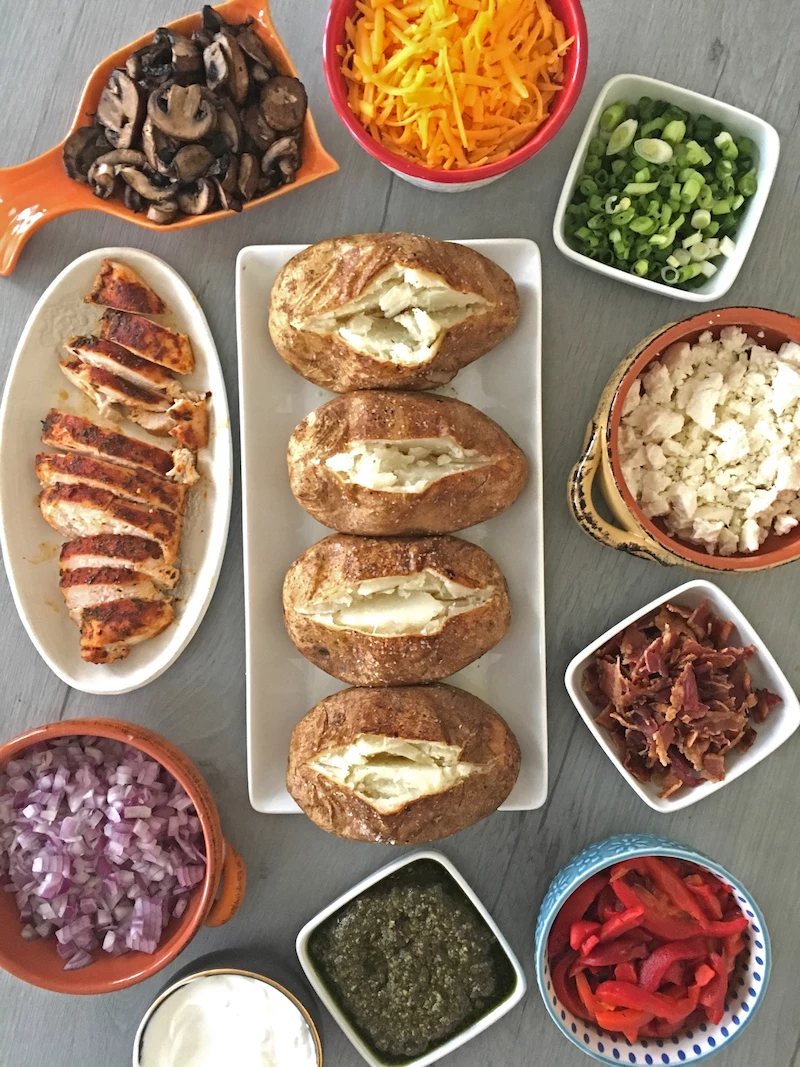
Troubleshooting and Pro Tips
The Ultimate Double-Cook Method: Want truly restaurant-level fries? Cook them twice. First, cook them at 330°F (165°C) for about 10 minutes until soft but still pale. Let them cool completely on a wire rack for 30 minutes. Then, crank the heat to 400°F (200°C) and cook for another 5-8 minutes until golden and rigid. It’s a project, but the results are incredible.
How to Reheat Leftovers: Oh yeah, this is a game-changer. Don’t use the microwave! Just toss leftover fries back in the air fryer at 375°F (190°C) for 3-5 minutes. They’ll get just as crispy as they were on day one.
Fixing Common Problems:
- Problem: My fries are soggy! I’ve been there. I once got impatient and tried to cram a whole 2 pounds of potatoes in at once. I ended up with a pile of sad, steamy potato sticks. Don’t be like me! The cause is almost always overcrowding the basket or not drying the potatoes enough. Cook in batches—it’s worth the extra 10 minutes.
- Problem: They cooked unevenly. This means your pieces weren’t a uniform size, or you didn’t shake the basket enough. Set a timer on your phone to remind you to shake or flip every 5-7 minutes.
- Problem: My seasoning tastes burnt. Delicate dried herbs like parsley or dill can burn at high heat. Add them in the last minute of cooking, or just toss them with the hot potatoes right after they come out. Hardier spices like paprika and garlic powder can handle the heat just fine.
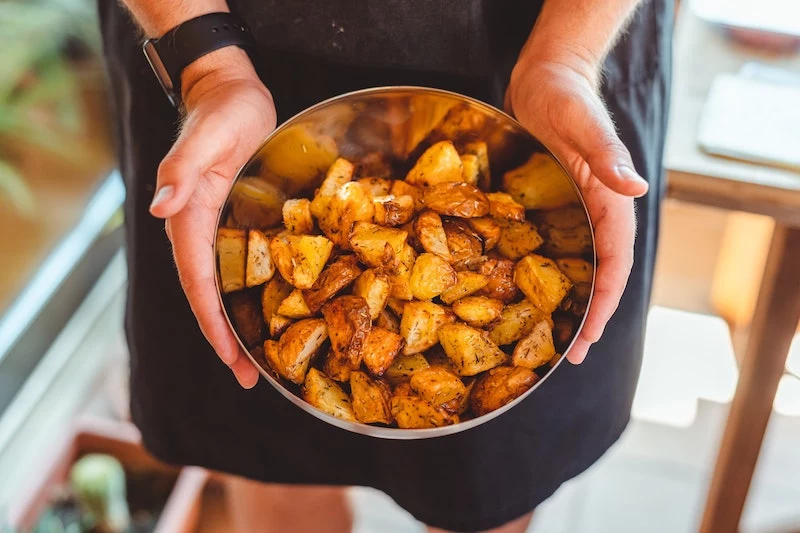
A Quick Word on Safety and a Great Dip
My food safety training always hammered one thing into my head: respect your equipment. The air fryer basket gets insanely hot. Use oven mitts or tongs, and never set the hot basket directly on your counter. Also, use just a little oil. Too much can drip and smoke, setting off your smoke alarm and making your food taste bad.
And finally, a great potato deserves a great dip. Ketchup is fine, but this is better.
Quick Garlic Aioli: Mix 1/2 cup of good mayonnaise, 1-2 finely minced garlic cloves, a teaspoon of lemon juice, and a pinch of salt. Pro Tip: Make your dip first! Letting it sit in the fridge while the potatoes cook lets the flavors meld and get way, way better. Trust me on this.
And that’s it! Making amazing potatoes isn’t about some secret trick. It’s just about understanding your tool and your ingredients. Once you nail these basics, you’ll never look back.
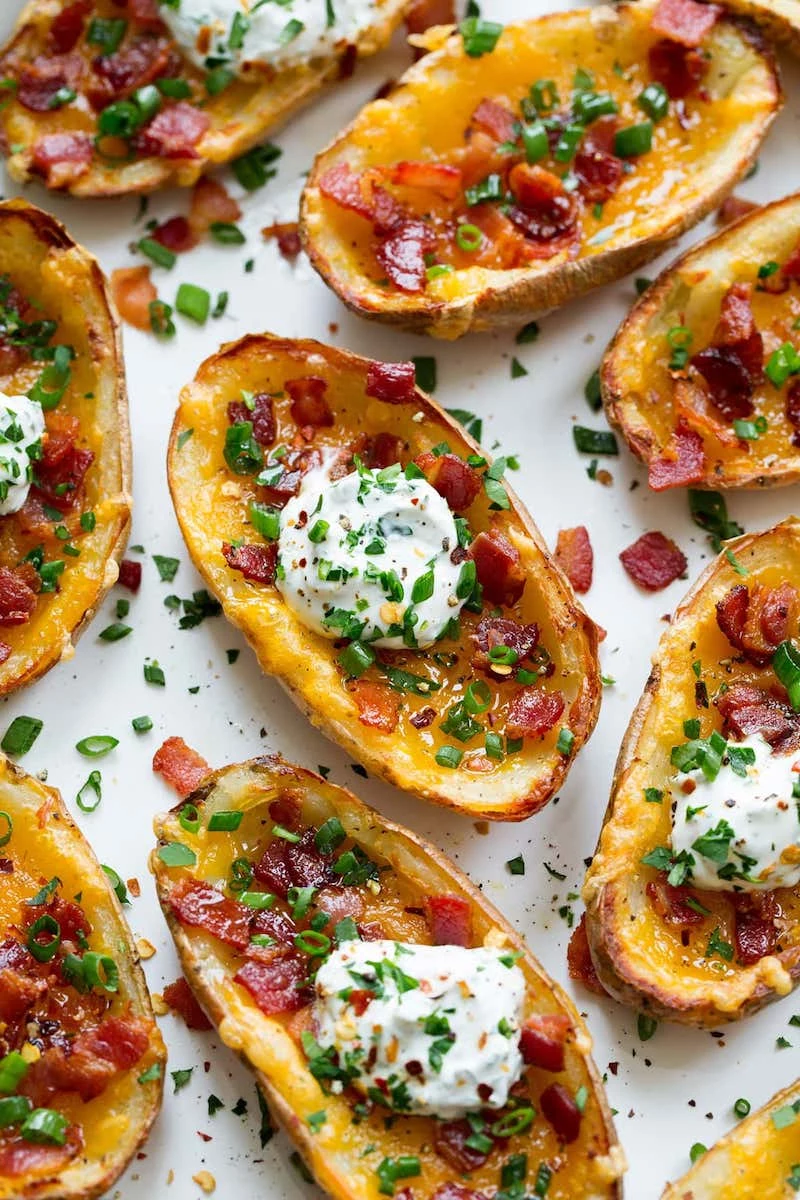
Inspirational Gallery
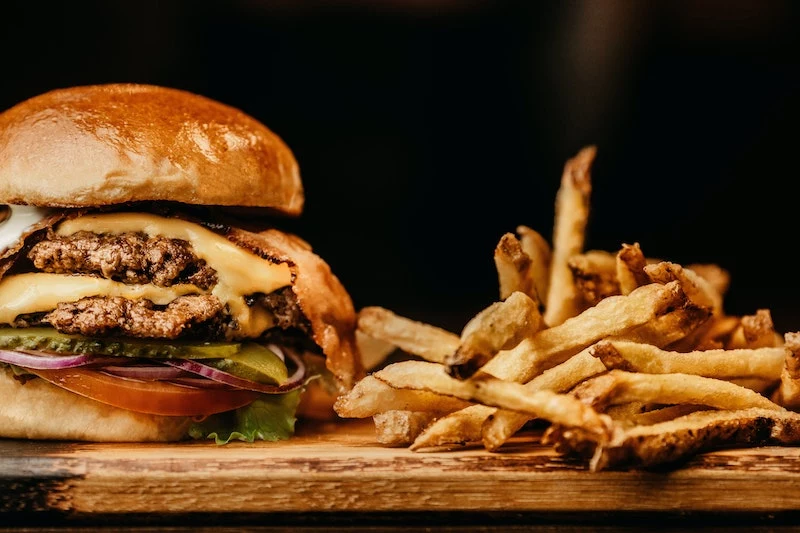
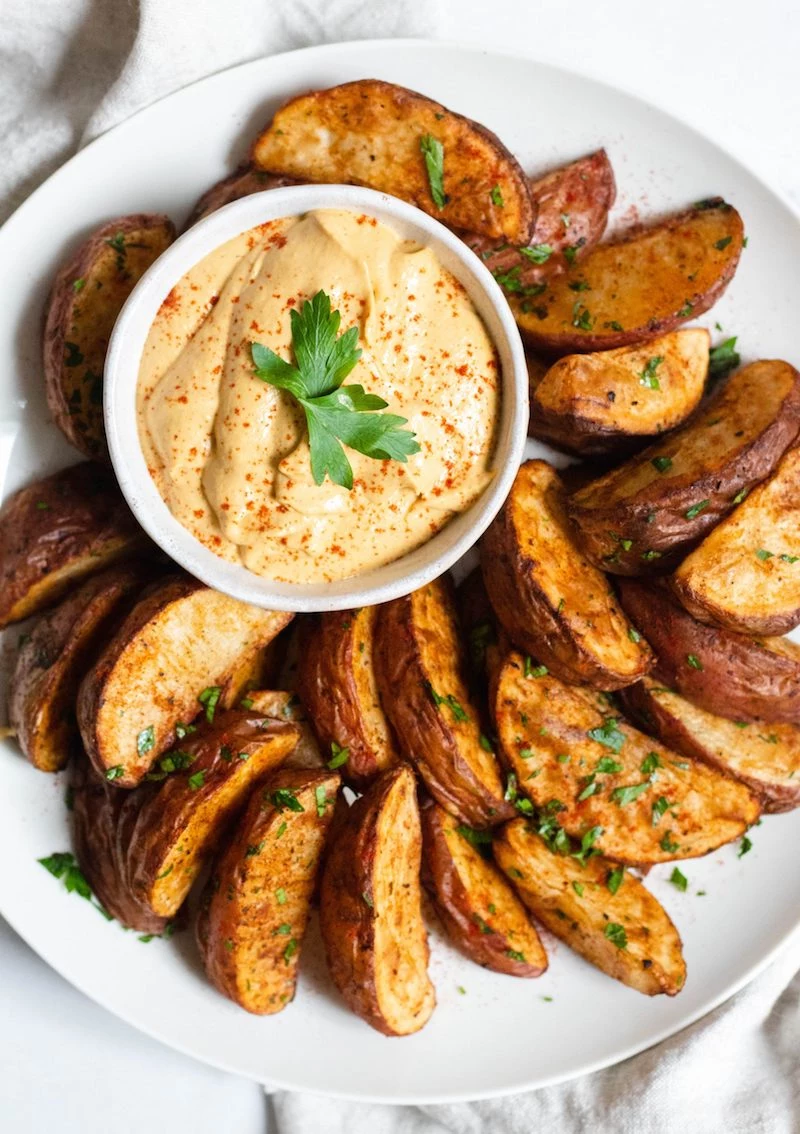
Should you really soak your potatoes in water first?
Absolutely. Soaking your cut potatoes in cold water for at least 30 minutes pulls out excess surface starch. This is a game-changer because less starch means a drier potato, which allows for a faster, more intense Maillard reaction. This simple step guarantees a crispier, crunchier result and prevents that slightly gummy texture. Just remember the golden rule: pat them completely dry afterwards!
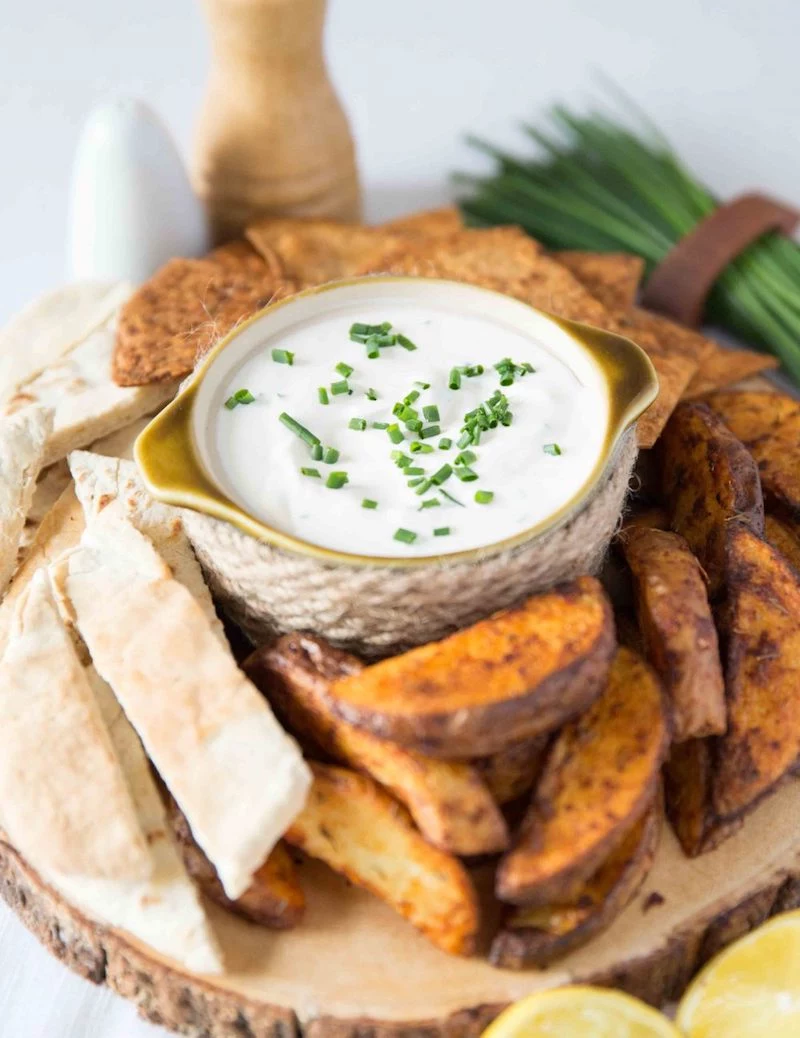
The sound of the crunch is technically called a ‘fracture event’. The more jagged and uneven the surface of the potato, the more fracture events you get.
This is why you don’t want perfectly smooth, uniform pieces. Rough-cut wedges or slightly bashed baby potatoes create more surface area for the hot air to hit, maximizing those delicious, crunchy fractures. It’s science you can hear.
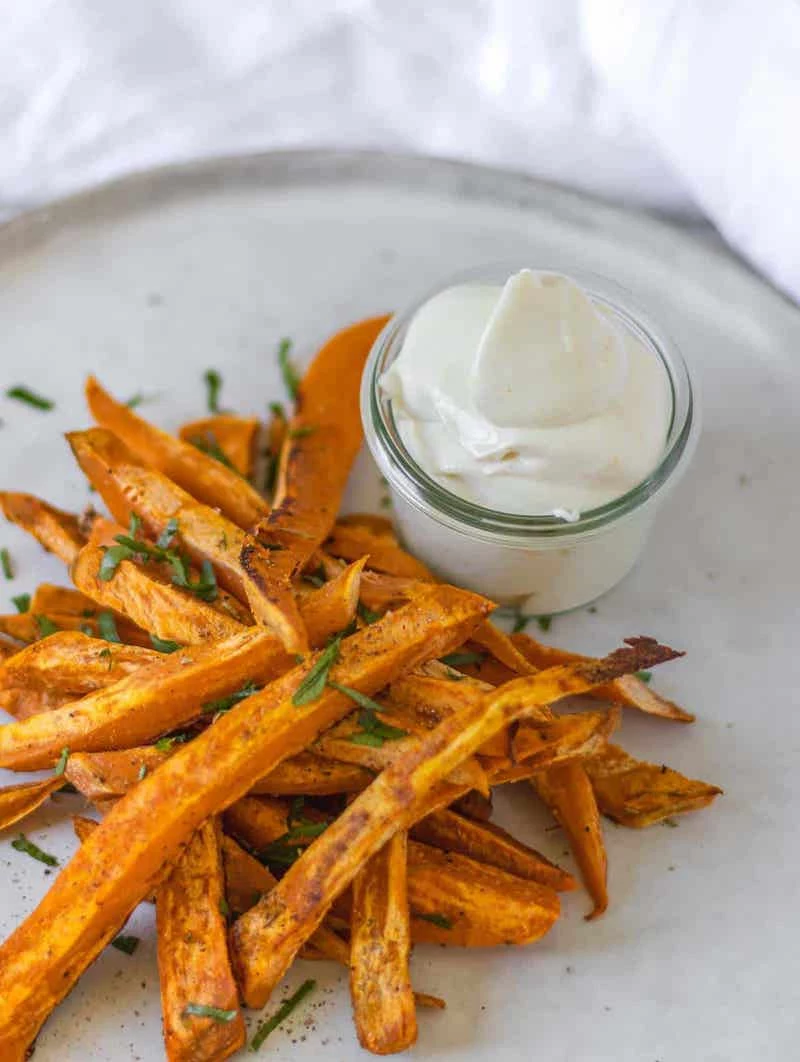
Avocado Oil: Its extremely high smoke point (around 270°C/520°F) makes it ideal for the intense heat of an air fryer, preventing any burnt or bitter taste. Its neutral flavor lets the potato’s natural taste shine through.
Duck Fat: For pure indulgence, nothing beats it. It imparts an incredibly rich, savory flavor that’s impossible to replicate. A little goes a long way. Use a melted tablespoon for an unforgettable batch.
Both are superior to extra virgin olive oil, which can smoke and turn bitter at typical air frying temperatures.
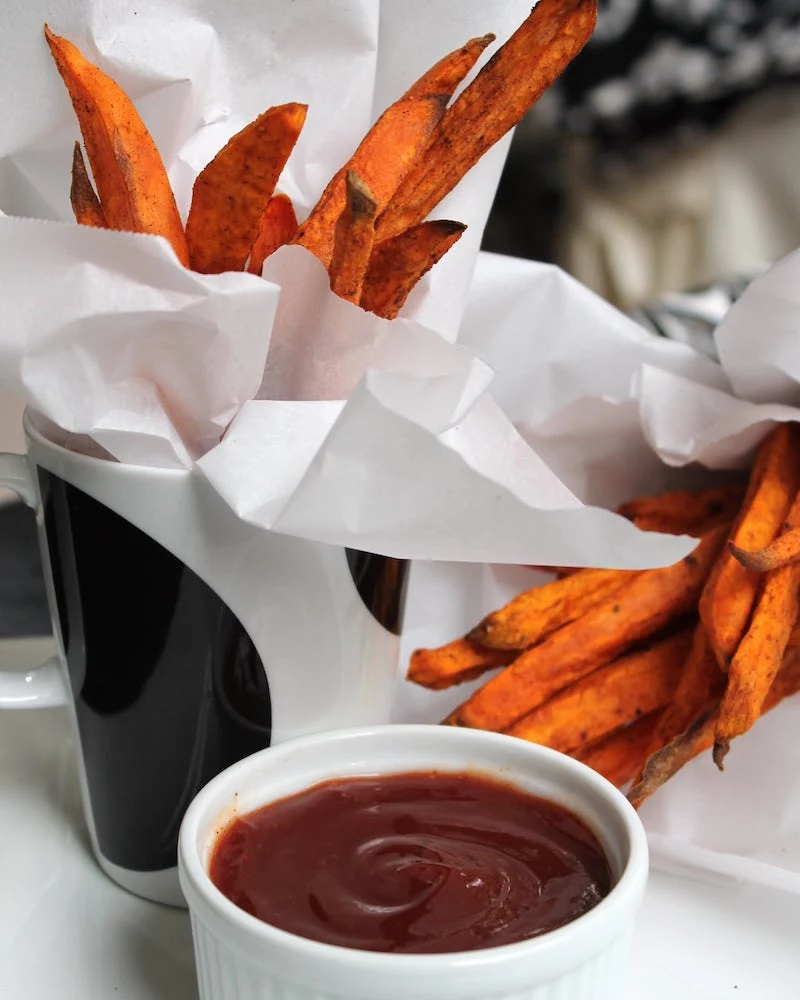
Go beyond basic salt and give your potatoes a flavor profile that stands up to any gourmet dip. A fantastic go-to blend is:
- Smoked Paprika (look for Spanish Pimentón de la Vera for a deep, smoky flavor)
- Garlic Powder
- Onion Powder
- A pinch of dried Rosemary
Toss the potatoes in oil first, then generously coat with the seasoning mix before air frying. The spices will toast in the hot air, creating an irresistible crust.
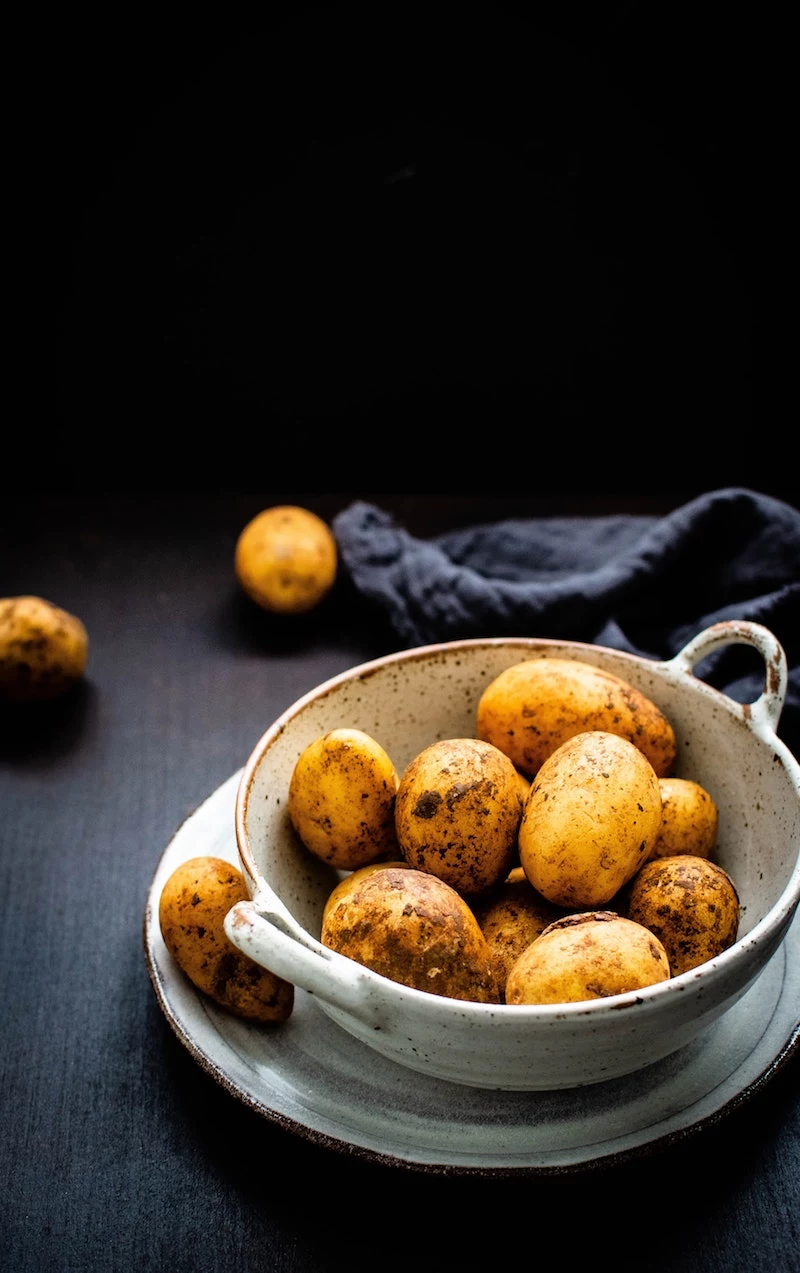
Pro Tip for Dual Basket Fryers: If you own a model like the Ninja Foodi DualZone, use the ‘Match Cook’ feature to double your batch of potatoes without overcrowding. But for a full meal, use the ‘Smart Finish’ function. You can have your crispy potatoes finish at the exact same time as your air-fried chicken or salmon in the other basket. No more cold sides!
- Fluffier, lighter interiors.
- A more robust, shattering crust.
- Faster browning and crisping.
The secret? A quick 5-minute parboil in water with a pinch of baking soda before they hit the air fryer. The alkaline water breaks down the potato’s surface (pectin), creating a starchy slurry that results in an unbelievably craggy, crunchy finish once air-fried.

